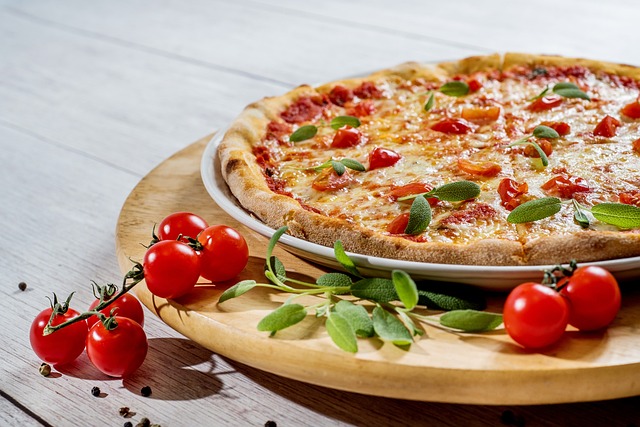Introduction:
Cooking meat perfectly requires more than tossing it on a grill or popping it in the oven. To truly unlock the flavors and textures of different cuts of meat, it’s essential to understand and follow a set of basic rules.
This article will explore the five fundamental rules that will help you elevate your meat-cooking skills and create mouthwatering dishes that impress your family and friends.
1. Selecting the Right Cut:
The first rule in cooking meat is selecting the proper cut for the desired cooking method. Different amounts have varying levels of tenderness, fat content, and marbling, which greatly influence the cooking process. For grilling, opt for well-marbled cuts like ribeye or strip steak.
For slow-cooking methods like braising, choose tougher cuts like chuck or brisket. Understanding the characteristics of each amount will ensure the best results for your desired cooking technique.
2. Preparing the Meat:
Careful planning is essential for obtaining the best results. Trim the extra fat first to avoid flare-ups and uneven cooking. Tenderizing harsher cuts can aid in the breakdown of connective tissues, producing a more tender end product.
The tastes are enhanced by liberally seasoning the meat with salt, pepper, or your preferred spice mixture. To ensure consistent cooking, let the meat remain at room temperature for a little while before cooking.
3. Temperature Matters
Cooking meat at the appropriate temperature is a skill that separates experienced cooks from inexperienced ones. Purchase a decent meat thermometer to monitor the internal temperature. Different types of meat require varying degrees of doneness.
A medium-rare steak, for example, should be cooked to 135°F (57°C), whereas chicken should be cooked to 165°F (74°C). Understanding the optimum amount of doneness and temperature will help you consistently produce perfectly cooked meat.
4. Cooking Techniques
How you prepare your meat will significantly impact how it turns out. Here are a few well-liked techniques and the main factors to be aware of:
– Grilling:
Using direct or indirect heat, preheating the grill, and getting the right sear marks are crucial. The meat is flavorfully enhanced and made more soft by pre-marinating it.
– Roasting:
Before cutting the meat, the oven must be heated, and the meat must rest. Basting the meat with juices or a marinade keeps it moist and improves the flavor during cooking.
– Braise:
Succulent, soft meat is produced by simmering more challenging portions in fragrant liquids at a low temperature. For the best results, use a suitable saucepan and cook slowly.
– Pan-Searing: On the cooktop, a flawless sear demands high heat and
5. Food Safety
Food safety must always be guaranteed when preparing meat. To avoid cross-contamination, always handle raw meat with clean hands and keep it from other components. Meat should be stored according to prescribed freezing or refrigeration recommendations.
Use the defrost setting on a microwave or the refrigerator to thaw frozen meat to remove the danger of foodborne infections; use a meat thermometer to ensure the meat has achieved a safe internal temperature.
Conclusion
Adhering to these five fundamental guidelines may improve your meat-cooking abilities and produce delectable dishes that satisfy even the pickiest diners. Ensure food safety by selecting the proper cut, preparing the meat, watching cooking temperatures, using the appropriate cooking techniques, and monitoring cooking times. With these guidelines, you’ll be well on mastering the art of cooking meat and reaping its savory benefits.
